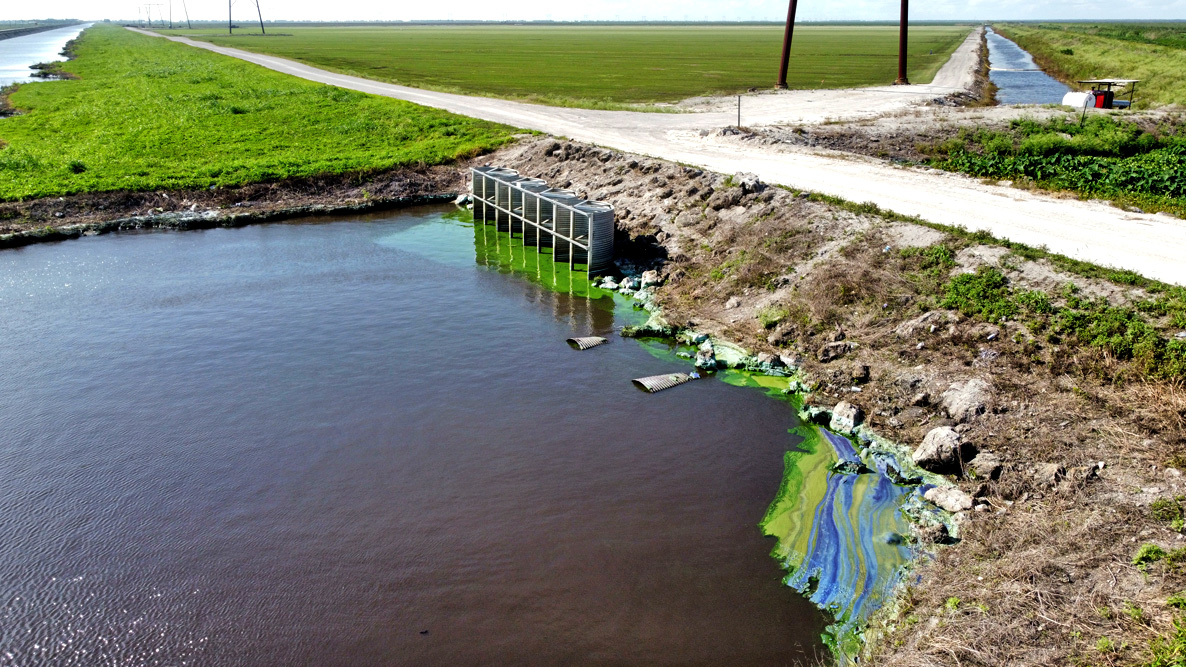Several conservationists, including Lake Worth Waterkeeper Reinaldo Diaz, spoke with WPBF 25 News about the Army Corps decision for a preliminary plan Monday, saying it is a big sigh of relief as they feel heard for the first time.
“It’s definitely not a final ‘we are done, we can wrap it up.’ It’s a big step in the right direction,” Diaz said.
The Army Corps decided to go with “Alternative Plan CC” as they write the new Lake Okeechobee operating manual, known as LOSOM, which will guide decisions for at least the next decade.
“I’ve been fighting for this clean water because I want it to be like it was when I was growing up and there weren’t these toxic algae blooms. There weren’t these discharges,” said Mark Perry, Rivers Coalition President and Florida Oceanographic Society Executive Director.
The preliminary plan greatly reduces freshwater flows into the St. Lucie estuary instead sending water south into the Everglades and some west to the Caloosahatchee River.
“We don’t want a single drop,” said Michael Conner, Indian Riverkeeper executive director. “We never wanted a single drop. We were the unfortunate recipients of all this water over all these decades which has had drastic effects on our estuary.”

Photo credit: Lake Worth Waterkeeper
But some said one of the concerns with the new plan is that it keeps Lake Okeechobee water levels too high for too long.
“That unfortunately is not good for the health of the lake,” Perry said. “The Lake Okeechobee needs to fluctuate from dry to wet period.”
For the Indian Riverkeeper, the new plan could mean the revival of industries, which have been impacted by the effects of toxic discharge.
“Kills sea grass,kills our oysters, hurts our economy when people see the cyanobacteria blooms in our water ways here,” Conner said. “You know the fishing industry, the tourism industry, the real estate values all suffer.”
The Lake Worth waterkeeper said he believes the people of Palm Beach County will also see less toxic water coming into the waterways if the plan moves forward.
“This choice of CC is really the first time that we see that we actually have, you know, a meaningful seat at the table and not just participating in public, but they are listening,” Diaz said.
Right now, the Army Corps will move forward with optimizing and tweaking the plan, they will be taking public input until they make a final decision in August.
The plan should become operational in late 2022.
